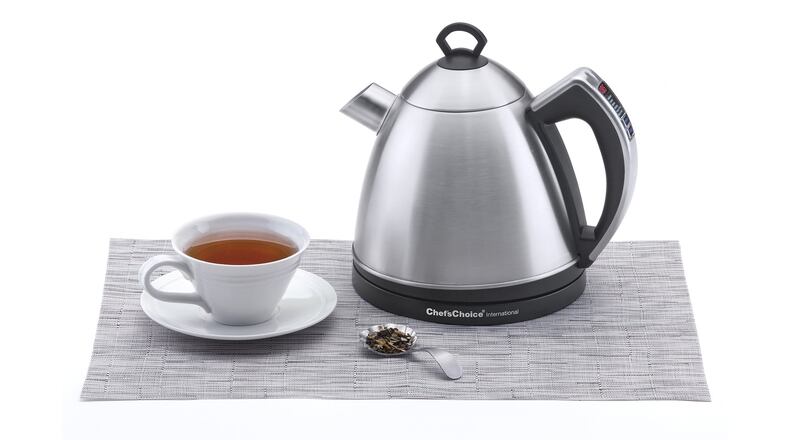CHICAGO — Housewares goods that are simply cheap and operational don’t really cut it in American homes anymore, as there’s a growing appreciation for aesthetics and quality.
Over the past few years, there’s been a shift in perceived value: Homeowners are willing to pay a premium for products that last longer and look as sleek as they are functional. And as technology advances, electronic housewares are adding more customization to individual products. All of these trends were on display March 18-20 at the International Home and Housewares Show.
Richard Joseph, co-founder of Joseph Joseph — a leader in creating stylish housewares — said the 14-year-old British company starts with the idea of improving a common product, whether it’s using better materials or tweaking shapes to make something more compact or more intuitive.
“Nothing is better to hear than when someone says, ‘Why didn’t I think of that before,’” Joseph said.
Architectural design and fashion are influencing common household products, he said, and floral designs and color are becoming more popular, while established trends, such as Scandinavian design, continue to be mainstays.
Paolo Cravedi, managing director, USA and Canada for Alessi USA, said consumers are beginning to have a better understanding of design, and that’s filtering into the housewares industry. An aesthetically pleasing product evokes emotion, which adds to the appeal, he said.
The Italian firm was established in 1921 and is known for its collaboration with designers like Philippe Starck and Michael Graves. Cravedi agreed that consumers are willing to pay for longer-lasting, higher-quality products. Also, environmental impact is becoming a bigger concern, especially with younger buyers.
Customer feedback helps improve products, said Hanna McPhee, brand manager for Fellow, which makes accessories for coffee connoisseurs. Fellow started on Kickstarter in late 2014, and the brand became established in 2015. McPhee said customer feedback led it to change the lid on one of its popular kettles from plastic to metal.
In the electronic housewares category, consumers are interested in convenience and customization, which is leading to products like smart rice cookers that can not only differentiate among different types of rice, but also have settings for different grains like oatmeal and quinoa. Many of these electronic housewares look good on the counter, too, including electric kettles that retain the beauty of a traditional stovetop kettle but have different heat settings for various types of tea.
Many electronics are Wi-Fi-enabled, and some link to voice-controlled systems like Amazon’s Echo.
Joseph said consumers see aesthetics as being as important as the functionality of housewares, but improving how a product works is ultimately the goal. The company has moved from its early designs, such as multicolored, all-in-one sets of nesting mixing bowls, sieves and measuring cups, to other kitchen utensils and storage items.
But there are some limits. It may be impossible, for instance, to improve some tabletop items. “I don’t know how we’d design for a better fork,” he said.
Carley Knobloch, smart-home expert for IHHS, said excitement over smart technology is high, but just adding Wi-Fi capability doesn’t necessarily improve function. That’s where function takes precedence over aesthetics.
“If a smart product doesn’t make it more convenient, why bother,” she said.
About the Author
Keep Reading
The Latest
Featured



